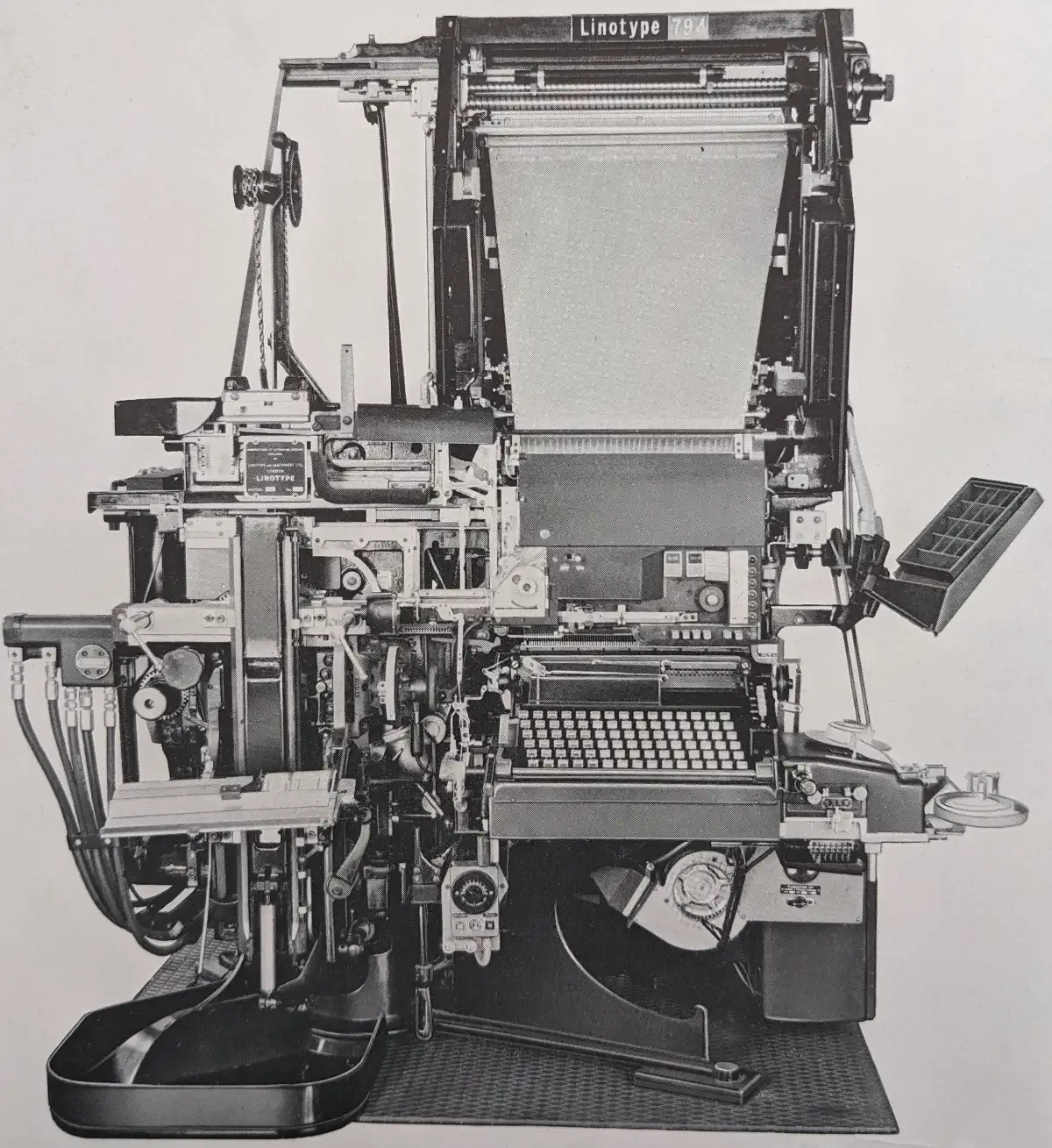
The ‘794’ has been designed to meet the particular requirements of large newspaper offices. It will become the standard all-purpose ‘Linotype’ for three very good reasons.
Reliability
Yesterday’s Technology . . . Today!

The ‘794’ has been designed to meet the particular requirements of large newspaper offices. It will become the standard all-purpose ‘Linotype’ for three very good reasons.
Reliability
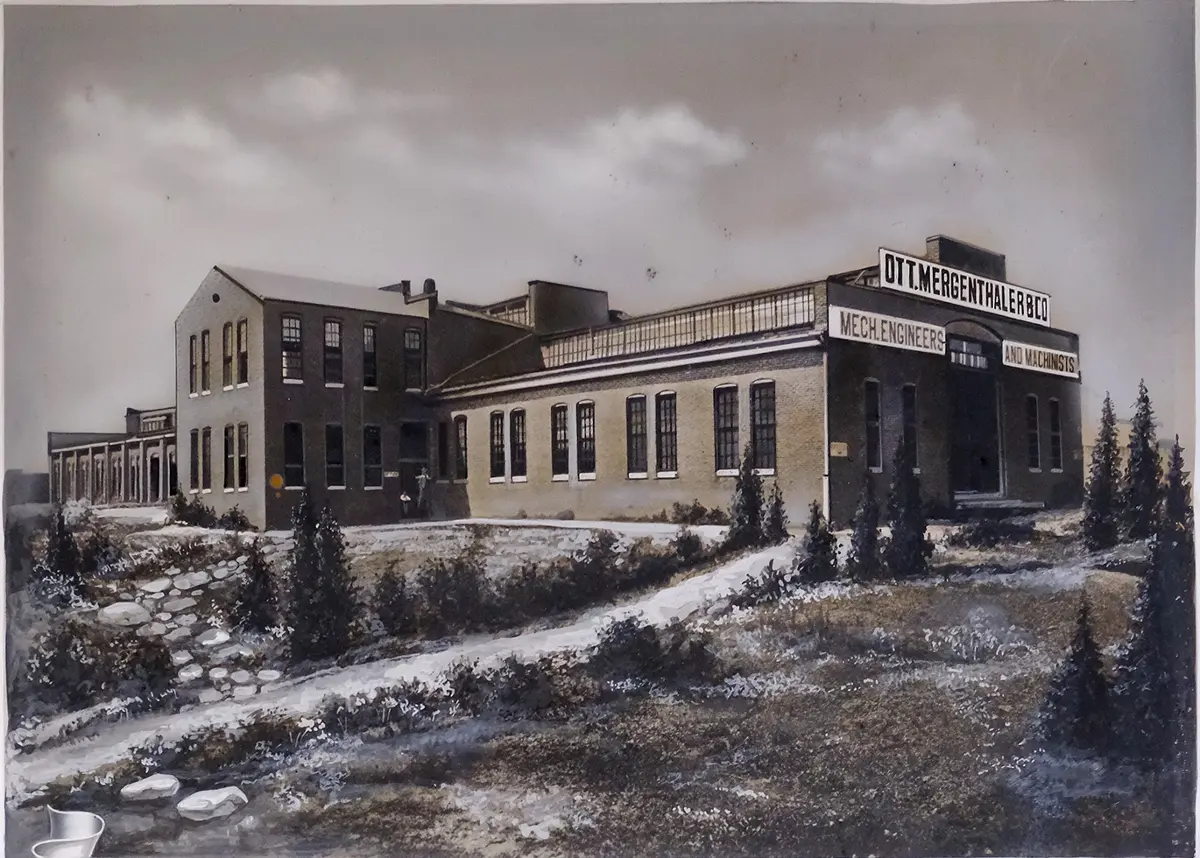
The illustrations on this page are from the Ottmar Mergenthaler Museum, digitised by Doug Wilson.
You can read more about how Doug came across these images on the Metal Type forum here: Linotype: The Book.
Many thanks to David Eaves for sending in these photographs, taken in the 1930s, of this commercial general print shop based in Accrington, Lancashire, UK.
David supplied this information on the company: “Jas. Broadley Ltd. were established in 1841 at Clayton-le-Moors, Accrington in North East Lancashire UK.
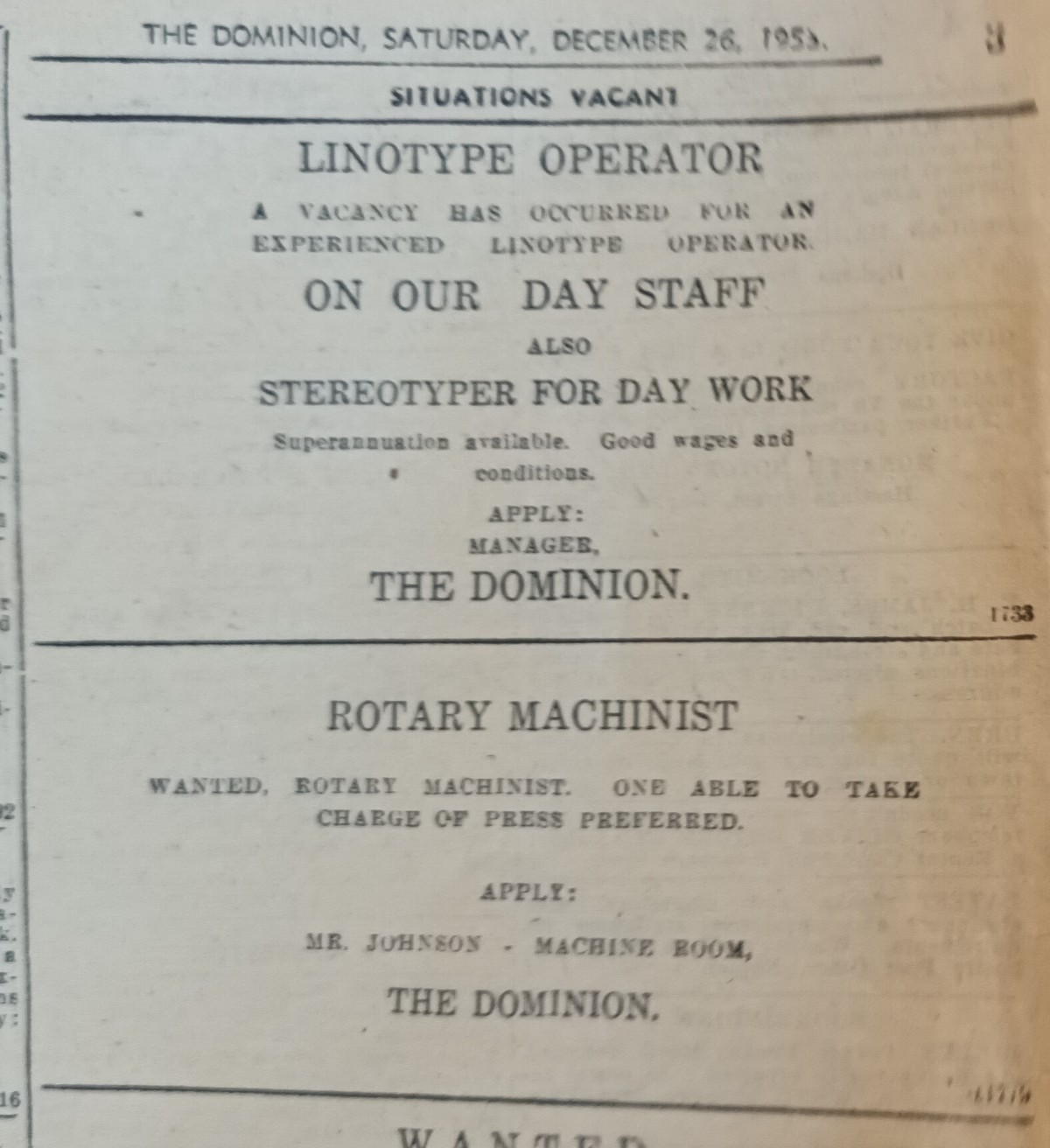
Thanks to Graeme Howe for sending in these recruitment ads, from the end of 1953.
I would imagine in those days the first one to apply would get the job, and earn enough money to live on. How times have changed!

Many thanks to Chris Greenhill for sending in his grandfather’s collection of British Print Trade Union membership cards.
His grandfather Joseph Henry Davis was born in 1884 and entered the print industry at the age of 14. You can read more about his career in London and view his indenture document here: 1898 Indentures.
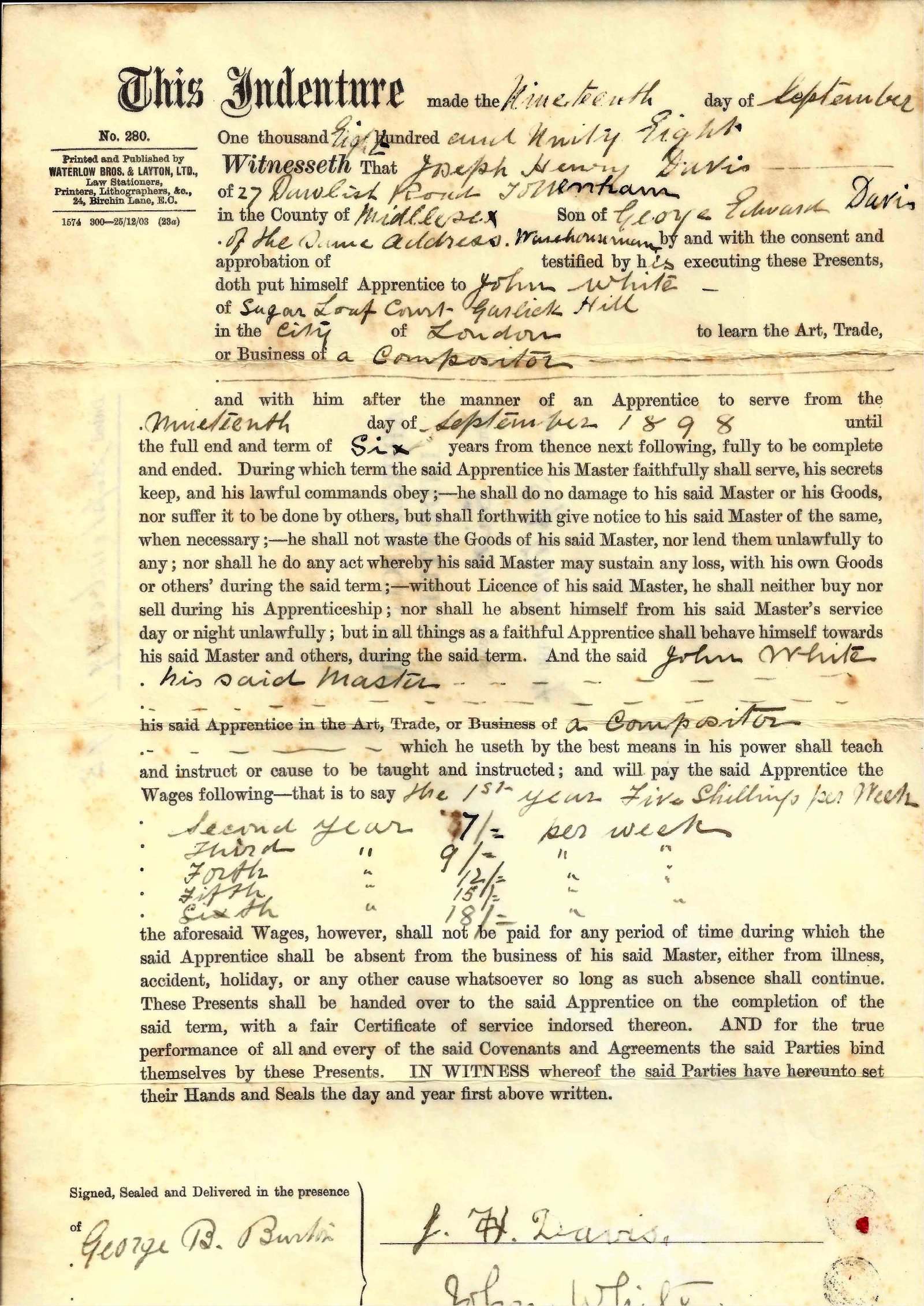
Many thanks to Chris Greenhill for sending in details of his grandfather’s long career in the print industry, along with his Indenture document, which was signed in 1898.
Chris says: “I gleaned the following from my grandfather’s last surviving daughter, my aunt.
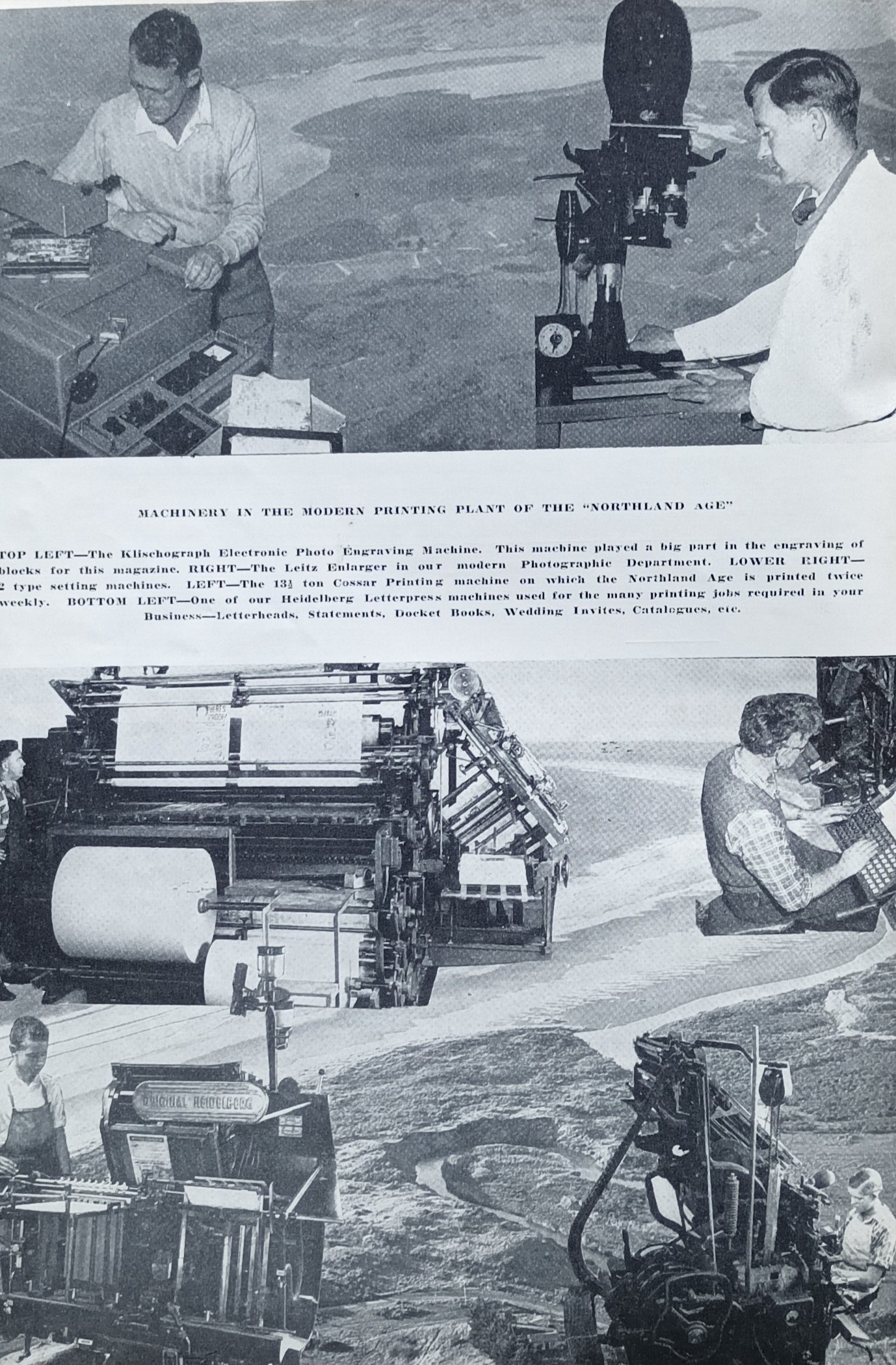
Many thanks to Graeme How, from New Zealand for sending in this illustrated article.
Machinery In The Modern Printing Plant of the ‘Northland Age’ –
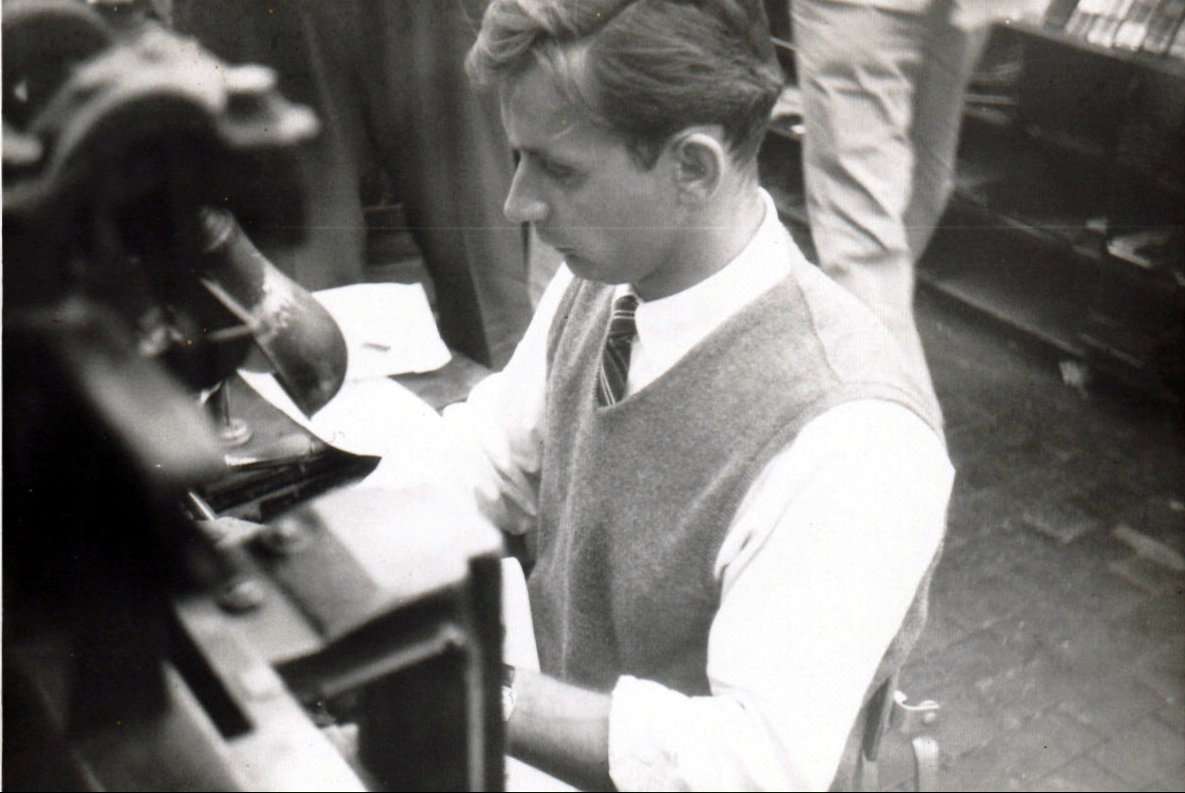
Many thanks to Bill Westland for sending in these great photographs. They were taken at the Rochester Times-Union and Rochester Democrat and Chronicle newspapers before computerisation.
A well-dressed Linotype operator
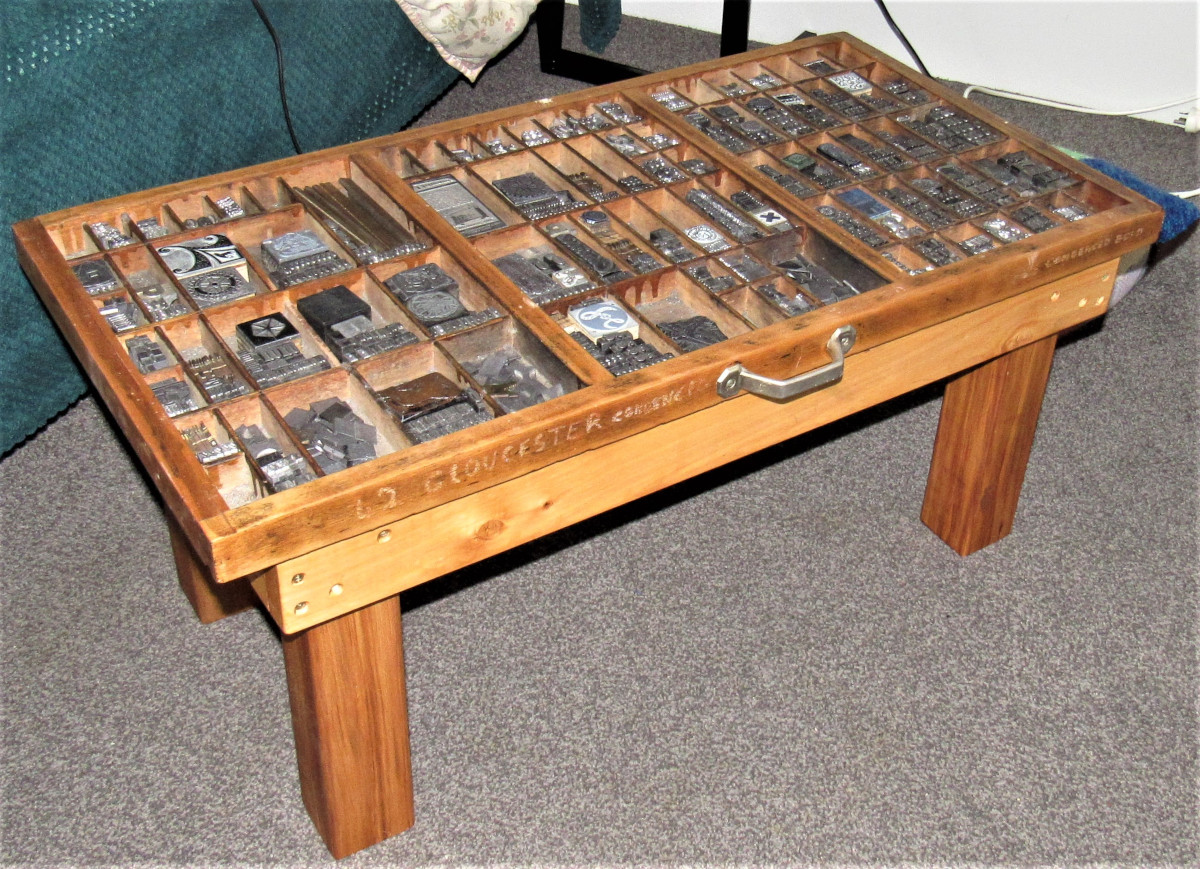
Long-time Metal Type contributor Graeme How, from New Zealand, has found a great way of displaying his old letterpress memorabilia.
Says Graeme: “I have a typecase with type and also some printing blocks, Intertype border slides and mats which I rescued when The Wairoa Star changed to offset in 1977. I was having a cleanout recently and decided to build a coffee table using what I had saved. The glass table-top had to be removed so the reflections would not be photographed.